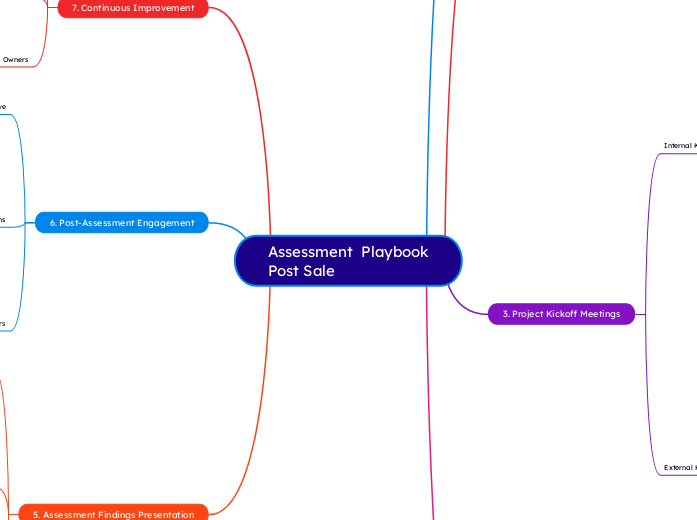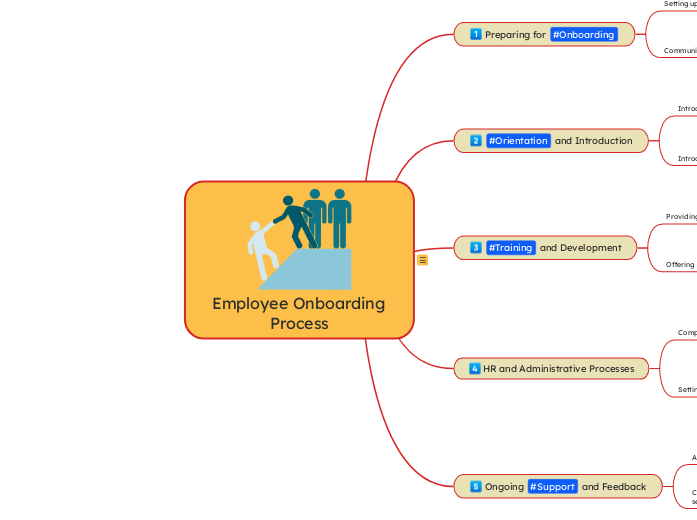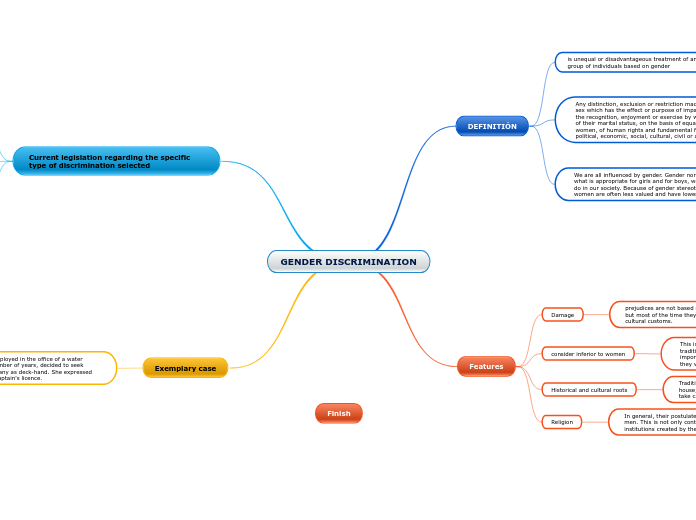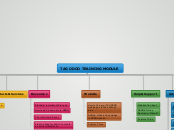Identify New Opps
Define rough scope of follow-on work.
Work with Sales and client to determine appetite and expectations of follow-on work.
Work with Sales to understand sales strategy for this client.
Identify follow-on opportunities.
Assessment Playbook
Post Sale
5. Assessment Findings Presentation
Establish Next Steps
If appropriate, have a ROM for next phase.
Prepare with scope of work framework for next phase.
Determine with Sales if the next phase detail is included in the final presentation or addressed separately.
Work with Sales to set stage for follow-on opportunity or next phase of work.
Obtain Signoff on Final Deliverable
Provide clear recommendations and prioritize them based on urgency and business alignment.
Focus on actionable insights and their impact on the customer's business.
Create a quality, o and professional detailed report. (Word)
Create a quality, concise, and visually appealing presentation. (Word)
Deliver assessment results effectively.
6. Post-Assessment Engagement
Upload deliverables to ICAP
Follow-on Engagement
Discuss Next Steps
Long-Term Relationship Building
Position yourself as a trusted advisor.
Offer ongoing support and follow-up.
Knowledge Transfer
Empower them to take corrective actions.
Train the customer's team on interpreting assessment results.
Feedback Loop
Address any concerns promptly.
Seek feedback from the customer on the assessment process.
Ensure a positive customer experience.
7. Continuous Improvement
Stay informed about industry trends and emerging technologies.
Update assessment methodologies based on feedback.
Document lessons learned.
Enhance future assessments.
4. Assessment Execution
Customer Value Focus
Provide actionable recommendations for improvement.
Highlight quick wins and low-hanging fruit.
Risk Assessment
Prioritize risks based on impact and likelihood.
Identify risks related to security, scalability, and performance.
Business Assessment
Evaluate alignment with industry best practices and compliance standards.
Interview stakeholders to understand business processes and pain points.
Technical Assessment
Peform service management discovery (Problem, change, incident, etc.)
Collect data on performance metrics, vulnerabilities, and resource utilization.
Perform physical and logical discovery of the network, infrastructure, and security components.
Conduct a thorough assessment while maximizing customer value.
3. Project Kickoff Meetings
External Kickoff Meeting (EKO)
Adjust or change order the SOW as necessary. (even $0 dollar changes)
Address any concerns or questions from the customer.
Review PM processes including communication plan, risk management, escalation process, decision plan, and other project specific aspects.
Review SOW tasks an deliverables.
Discuss assessment goals, deliverables, and success criteria.
Establish 2ITB structure.
Introduce the assessment team.
Establish rapport and align expectations.
Internal Kickoff Meeting (IKO)
Delivery Team
Discuss EKO approach, methodology, and schedule.
Review timeline, utilization, PTO schedules, holidays, etc. (CREATE PROJ PLAN)
Review PM process including how the team will communicate (internally and with the client), identify risk, track decisions, and escalate issues.
Identify potential change orders to the SOW that should be validated during the EKO
As a team, identify any potential risks and challenges.
Review project background, project context, client history.
Review SOW and discuss assessment goals, deliverables, and success criteria.
Introduce 2ITB
PM Lead
Solution Lead
Introduce the assessment team and define roles.
Ensures that everyone on the project team is aligned and has a clear understanding of the project’s goals, scope, and expectations.
2. Pre-Assessment Preparation
Request necessary access credentials and permissions.
Share the assessment agenda and timeline.
Schedule a kickoff meeting with the customer.
Schedule an internal kickoff meeting with the delivery team.
Set the stage for a successful assessment.
1. Understand the Context
Owners
Sales
2ITB
Actions
Identify key stakeholders and their priorities.
Understand the customer's pain points, expectations, and desired outcomes.
Review the assessment requirements and goals.
Objective
Gain clarity on the purpose and scope of the assessment.









